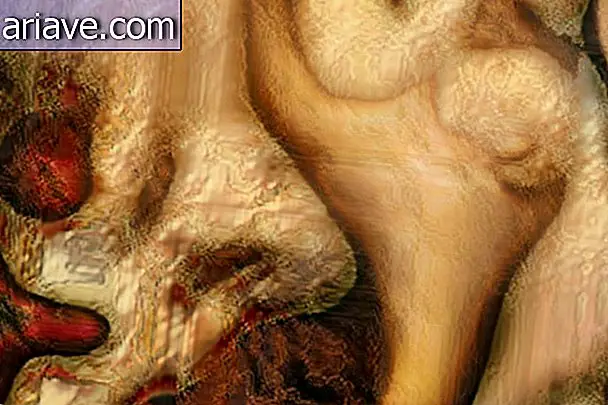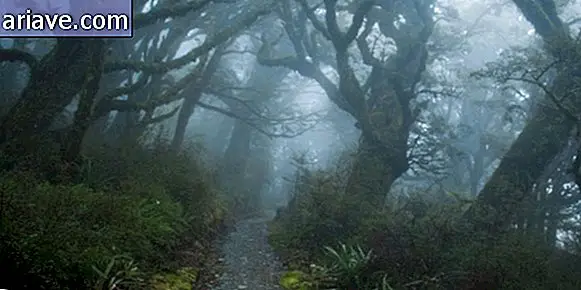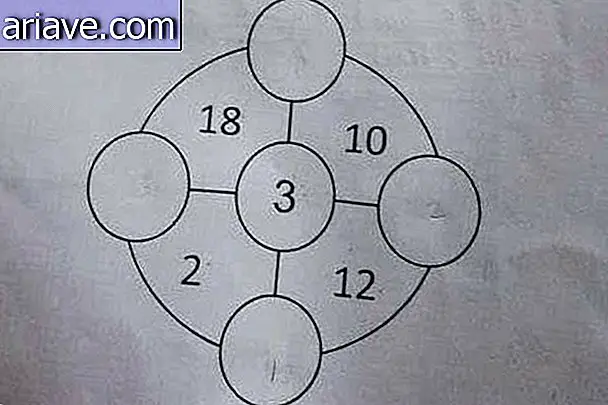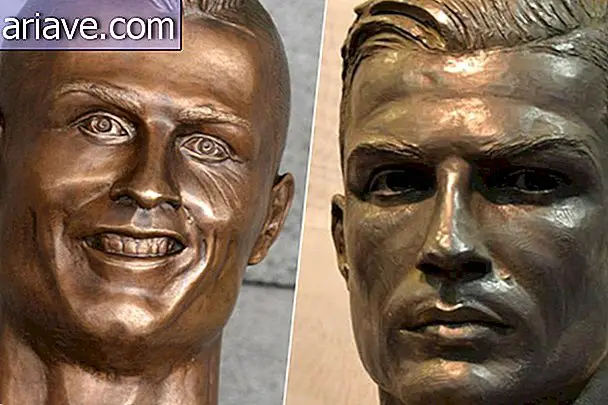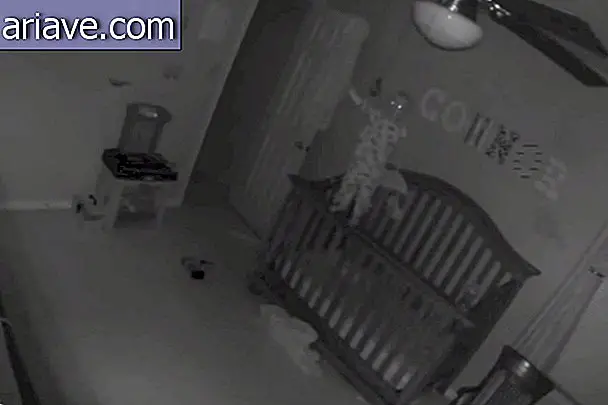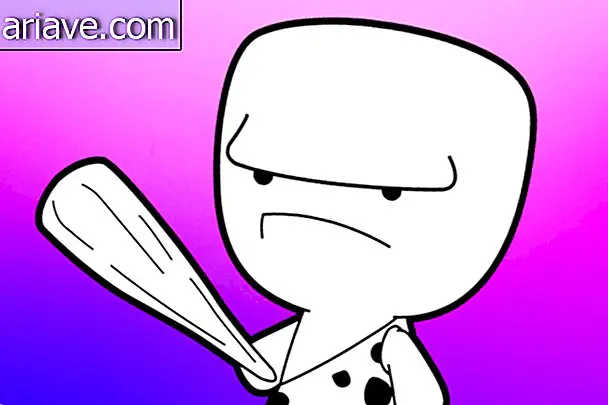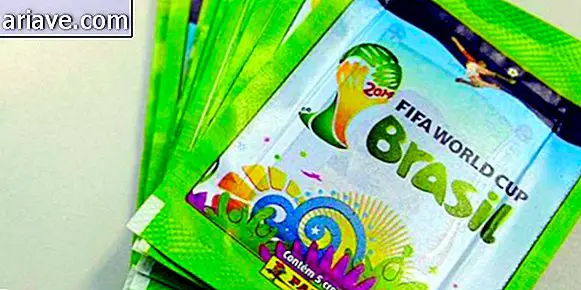Did you know that the Solar System leaves a trail in space?
According to NASA, keeping the proper proportions the Solar System has a tail similar to that of comets, leaving a kind of trail in space. The space agency reached this conclusion thanks to data obtained from the IBEX space probe - from Interstellar Boundary Explorer - whose mission is to map the boundary between the solar system and interstellar space.
According to scientists, the spacecraft first mapped the structure of our solar system's "tail", finding that it has a shape similar to that of a four-leafed clover. Scientifically speaking, the structure was named “heliocauda”, and the study is based on the first three years of observations made by IBEX. Watch the following video for the full explanation:
You can enable subtitles in Portuguese in the menu.
Mapping
Other telescopes had already identified these tracks around other stars, but it had never been possible to see if our sun had the same effect. This is because the particles present in the tail and throughout the heliosphere - region of space under the influence of the sun - have no brightness, so they cannot be seen with conventional equipment.
IBEX observes particles from interstellar space that collide with hydrogen atoms in the outermost region of the heliosphere. The animation below shows the trajectory that solar particles take over the years before colliding with space probe detectors.
The film shows the path of a neutral particle starting from the sun and following the magnetic field lines to the heliosphere boundary. On the way, the particle crashes into a hydrogen atom and “steals” its electron, moving on until it reaches the IBEX sensors.
After three years, the spacecraft's mapping revealed that the heliocauda is mainly formed by the solar wind plasma and a magnetic field that extends into the posterior region of the Solar System until it is lost in the vastness of space. And it is noteworthy that IBEX continues with its observations and collecting data, which means that more curiosities like this may be revealed soon.


